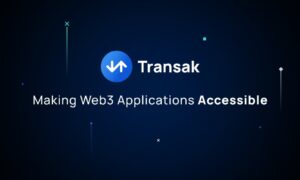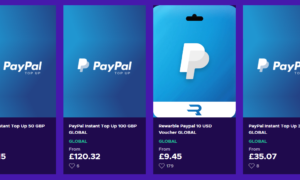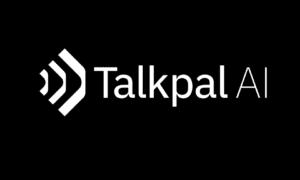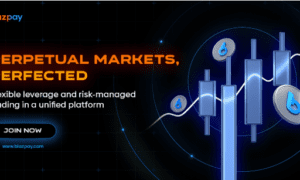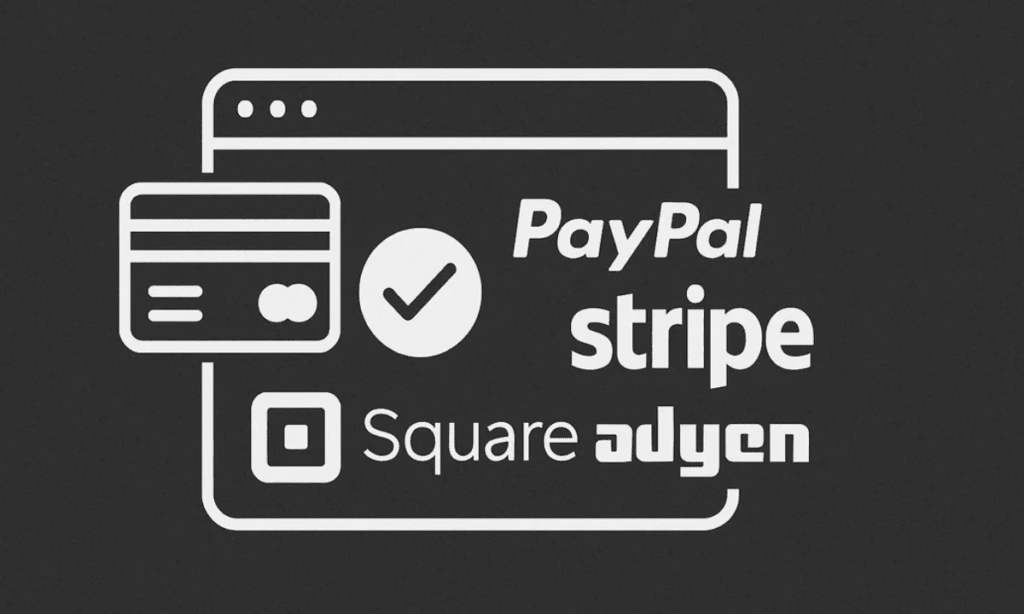
In its 2025 World Payments Report, Capgemini notes that global transaction revenues are now growing at a 6% annual rate, driven by instant payments, digital rails, and new ecosystems.
As financial infrastructure adjusts to the new reality (read stablecoin and blockchain payment rails), the battleground is shifting from traditional card rails to fiat–stablecoin interoperability and embedded on/off ramps.
Among the top players delivering in this frontier are names like Transak, Stripe, PayPal, Adyen, and Square. However, only a few combine traditional payment scale with a deep Web3 infrastructure. In the sections ahead, we compare how these leaders are positioning themselves for the next wave of payments.
1. Transak: The Stablecoin Onboarding Specialist
Transak has emerged as one of the most important infrastructure providers in digital finance. Unlike traditional payment processors, Transak focuses on the critical on-ramp and off-ramp problem: enabling users to seamlessly move between fiat and stablecoins.
Transak’s mission is to enable any financial app to onboard any user, anywhere in the world, in one click by 2026. With more than $1.5 billion already processed, a $100M+/month GTV ramp target, and a projected $2B annual GTV run rate by the end of 2025, the company is well on track.
Its expansion into new markets with local acquiring rails, combined with partnerships with Binance US, MetaMask, and Revolut, underlines both execution and ambition.
- Global Reach: Transak supports 136+ cryptocurrencies across 64+ countries.
- Trusted by Leaders: Integrated into 450+ apps and wallets, including MetaMask, Binance US, Revolut, Robinhood, and Trust Wallet.
- Product Suite: Offers integration wallets like widgets, APIs, SDKs, and white-label solutions.
- Innovation: Products like Transak Stream bring one-click off-ramps for freelancers and creators.
- Compliance: Built-in multi-level KYC, AML, and licensing across markets.
As stablecoins move from niche to mainstream, with circulation projected to surpass $2 trillion within three years, Transak provides the rails for fintechs, wallets, and corporates to participate without building compliance-heavy infrastructure themselves.
2. Stripe: The Fintech Giant Expanding Its Scope
Stripe remains a cornerstone of online payments, powering millions of businesses worldwide. Its developer-first APIs, robust fraud tools, and global acquiring network keep it ahead of many rivals.
- Global Scale: Handles hundreds of billions in payment volume annually, serving companies from startups to Amazon.
- New Frontiers: Expanding into lending (Stripe Capital), identity, and even crypto payouts.
- Enterprise Adoption: Chosen by large-scale platforms for its reliability and developer ecosystem.
Stripe continues to blur the lines between payments, fintech infrastructure, and banking-as-a-service.
Yet Stripe’s focus remains largely on card acquiring and fiat rails, leaving a gap in stablecoin and crypto-native onboarding, a space where other providers are pushing ahead.
3. PayPal: From Digital Wallet Pioneer to Crypto Player
PayPal remains one of the most recognized consumer brands in fintech. With over 430 million active accounts, it is a global leader in digital wallets and merchant acquiring.
- Crypto Push: Enables buy, sell, and hold for cryptocurrencies and recently launched its own stablecoin, PayPal USD (PYUSD).
- Merchant Network: Accepted by tens of millions of merchants worldwide.
- Diversification: Venmo, Honey, and Braintree give it multiple growth channels.
PayPal bridges consumer adoption of digital assets with one of the largest distribution networks in fintech.
However, its crypto offering is still limited to its own ecosystem, with restricted interoperability and fewer options for developers seeking deeper integrations.
4. Adyen: The Enterprise Payments Backbone
Adyen is less of a consumer brand but a powerhouse in enterprise payments. Serving companies like Spotify, Uber, and McDonald’s, it processes massive global volumes.
- Unified Commerce: Adyen enables companies to accept payments seamlessly across online, mobile, and point of sale.
- Scale: Processes hundreds of billions in annual volume with consistently strong profit margins.
- Innovation: Known for building its own acquiring network rather than patching together third-party systems.
Adyen remains the go-to for global merchants who demand scale, reliability, and control over their payments infrastructure. Its strength lies in traditional enterprise payments, with less emphasis on bridging digital assets or stablecoins into its global network.
5. Square (Block): Merchant Services Meets Bitcoin
Square (Block) started by giving small merchants easy card readers but has since expanded into a full fintech ecosystem.
- Cash App: Millions of users rely on Cash App for P2P payments, Bitcoin purchases, and investing.
- Merchant Ecosystem: POS hardware, software, and services for small businesses.
- Bitcoin Strategy: Heavy focus on Bitcoin infrastructure through Block’s TBD and Spiral units.
Square combines small business empowerment with crypto-native ambitions, making it unique among U.S. fintech giants.
On the flip side, its focus is heavily centered on Bitcoin and small business tools, leaving broader stablecoin adoption and cross-border use cases underdeveloped.
Comparing the Top Payment Companies
| Company | Focus Area | Scale | Notable Strength |
| Transak | Fiat–stablecoin onboarding | 450+ apps, 64+ countries | Compliance-first stablecoin rails |
| Stripe | Online payments & APIs | Hundreds of billions of annual volume | Developer ecosystem |
| PayPal | Digital wallets & crypto | 430M+ active accounts | Consumer trust & stablecoin (PYUSD) |
| Adyen | Enterprise payments | Global merchants like Uber, Spotify | Unified commerce, own acquiring |
| Square | Merchant + P2P + Bitcoin | Millions of merchants, Cash App users | Bitcoin strategy + SMB focus |
The Bigger Picture
The payments industry in 2025 is defined by convergence. On one hand, Traditional fintech leaders like Stripe, PayPal, Adyen, and Square are broadening their reach into crypto and banking services. On the other hand, Web3-native players like Transak are bringing compliance-ready rails for stablecoins, making them usable in mainstream finance.
Transak has been building for the stablecoin era before most fintechs even started paying attention to the narrative. Its compliance‑first onboarding modules, local acquiring rails, and deep integrations with both fintechs and Web3 wallets position it as the only player solving fiat–stablecoin conversion at scale. For business leaders, this means Transak doesn’t just complement existing payment giants, it fills the critical gap they have yet to address.
As regulations such as the GENIUS Act in the U.S. and MiCA in Europe provide clarity, the biggest opportunities lie in combining fintech distribution with blockchain-native infrastructure. Stablecoins, in particular, are positioned to reshape remittances, treasury, payroll, and embedded finance.

